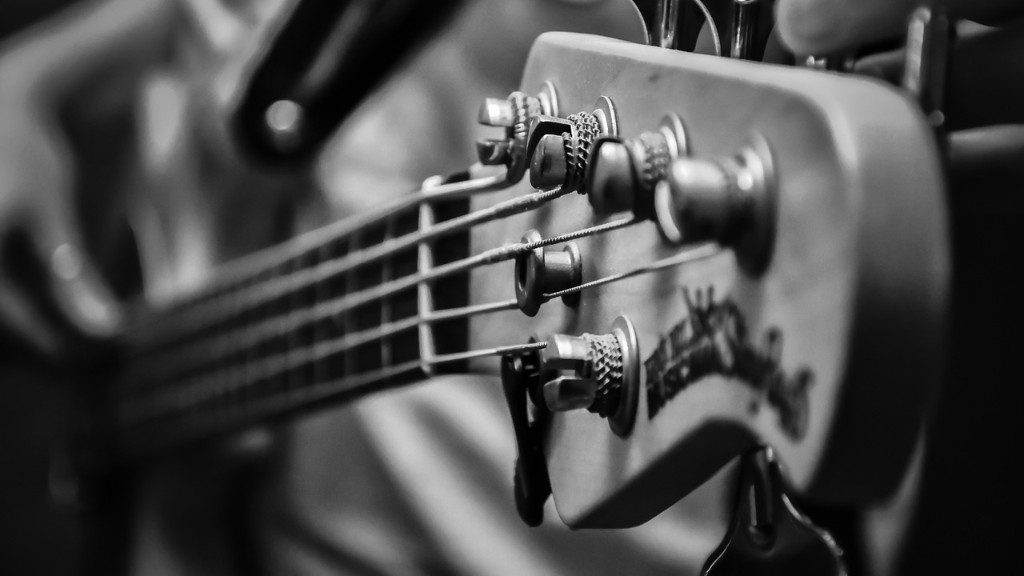Part 1: How To Draw A Cat’s Paw
Every budding artist loves the challenge of sketching a paw. Drawing a cat’s paw requires an understanding of the intricate details in structure and shape. You’ll have to pay attention to the furry tufts, the claws, and the individual pads. Now, focus your concentration and let’s get paw-ing!
First, imagine the paw in your mind. What is the size and shape? Are the legs thick or thin? Visualizing the design beforehand can help you bring it to life on paper. Once you set the parameters, sketching out the paw will be easier.
Once you know the shape and size, it’s time to focus on the details. You will have to draw five pointed toes and plan the location of the furry tufts that slightly protrude from the paw. Sketch these out lightly first, then go back and darken when you are satisfied with their placement.
Now, it’s time to draw the individual pads. Knowing their structure and shape will help when it comes to creating realistic fur markings. Draw the pads lightly, then use a continuous jagged line to create the fur texture. You can turn to pictures of cats for reference if you feel the need.
Now, go ahead and draw the claws. Make sure they are curved, yet sharp, and jut out of the toes in the right places. And finally, dab in some highlights and shadows to give the paw more depth, then you’re done! Conquering the look of this furry appendage will also help you in the long run when it comes to sketching these cuddly creatures.
Part 2: How To Draw A Cat’s Ears
Every cat has a unique set of ears. Some are big, some are small–it all just depends on the breed. But when it comes to drawing a cat’s ears, there is a general guideline for each one. Keep reading to learn about the tips, tricks, and techniques that will help you capture the essence and individuality of each cat’s ears.
Now, the main base of the ears consists of a dramatic arch shape. So, get creative with the positioning of your cat’s ears. Are they pointing up? Are they streaming backward? Or are they laid flat against the head? Visualize the scene before you start sketching.
Once you’ve nailed the base of the ear, begin sketching the inner triangle of each ear as a guideline. This triangular form should curve inward, with more curves at the peak of the triangle. Then, connect the two triangular forms together by lightly sketching the outer edge of the ear.
Next, proceed to sketch in the tiny hairs sticking out of the ear. This will create a dynamic furry texture, so use your imagination and have fun with it! And when you’re finished with that, add definition with the white highlights and the dark shading. Finally, you can accent the ears by adding long, swishy whiskers.
By following these steps, you’re sure to get your cat looking right. Remember, practice makes perfect, so even if it doesn’t turn out perfect the first time, keep trying until you get it just right!
Part 3: How To Draw A Cat’s Tail
A cat’s tail can say a lot about the sweet feline. The structure, size and fluffy texture all tie into the breed, the physical disposition and even the personality of the cat. So it’s important to get it right! Let’s begin.
When you begin sketching the tail, be sure to consider the shape, proportion and size of the tail in reference to the body. Then, decide how the tail should be angled and proceed to draw a slightly curved line for the base of the tail. Next, draw a series of curved lines and squiggles for the fur. Don’t forget to swerve and weave these strokes to create a textured look.
Then, add darker fur strokes between the lighter ones. Utilize lighter lines near the top, as to give the appearance of length, and darker lines near the bottom. And while you are doing this, try to imagine where you’d want the highlights and shadows on the tail. This will add more realism and depth to your sketch.
When you are done with the fur, don’t forget to sketch in the tiny, fluffy tufts that pop up here and there. Finally, review your sketch and add in any finishing touches. With just a few extra dabs and lines, you can bring your cat’s personality to life!
Part 4: How To Draw A Cat’s Eyes
The eyes of a cat play a huge role in its expression. Creating a realistic and compelling portrait requires an understanding of these important details. Follow these tips and you’ll be a pro in no time!
The eyes always form an almond shape, but since cats come in all shapes and sizes, the size, spacing and shape of each individual eye can vary. So take notice – how big are the eyes? Are they small and dainty, or large and soulful?
Once the size and shape have been determined, proceed to sketch the guidelines for the eyes. This is a relatively simple shape: two partial circles linked together at a sharp, yet discreet angle. Next, carefully draw the eyelids, making sure that the eyelashes are visible and inserted at the right angle.
After you are finished with the basic anatomy of the eye, feel free to draw your own interpretation. Add mascara-like strokes at the tip of the eyelashes, smudges and smears for any desired expression. Don’t forget the highlights and shadows to give the eyes that special glint and life.
By following the steps outlined in this article, you’ll be able to draw a fierce and soulful set of eyes that convey any expression you choose. Now go ahead and draw out the eyes of your favorite cat, and then move onto the body. Make sure you take your time and prepare yourself for lots of practice. Good luck and happy drawing!
